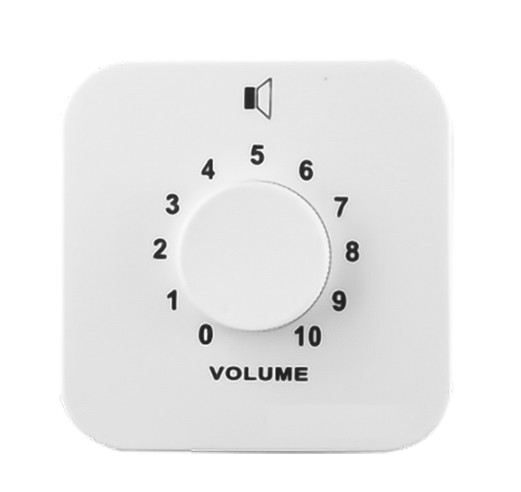Volume controls are integral components of audio equipment, allowing users to adjust the amplitude of audio signals to suit their preferences or environment. While volume controls themselves do not inherently affect sound quality, their design, implementation, and interaction with other elements of the audio system can have significant implications for overall audio fidelity.
One of the primary ways volume controls can impact sound quality is through their influence on the signal-to-noise ratio (SNR) of the audio system. The SNR represents the ratio of the desired audio signal to background noise or interference present in the system. As the volume control adjusts the signal level, both the desired audio signal and any accompanying noise are amplified. If the volume control introduces noise or distortion as it modifies the signal level, it can degrade the overall SNR, particularly at lower volume levels where the noise becomes more noticeable. Therefore, volume controls with low noise and distortion characteristics are essential for maintaining high sound quality.
Another consideration is the potential impact of volume controls on impedance matching within the audio system. Impedance matching ensures efficient power transfer and optimal sound quality by matching the electrical impedance of the audio source to that of the load, such as speakers or headphones. If the volume control alters the impedance characteristics of the system, it can lead to impedance mismatching, resulting in changes to the frequency response or damping factor of the audio system. Properly designed volume controls that maintain impedance matching can help preserve sound quality and ensure accurate reproduction of audio content.
Distortion is another factor that can affect sound quality in audio equipment, and volume controls can contribute to distortion if poorly designed or operated at extreme settings. Distortion can manifest as harmonic distortion, where additional harmonics of the original audio signal are generated, or intermodulation distortion, where nonlinearities in the volume control circuitry create new frequencies not present in the original signal. Such distortion can compromise sound quality, leading to a less accurate reproduction of the audio content. Therefore, volume controls with low distortion characteristics are essential for preserving audio fidelity.
In stereo systems, volume controls must also maintain channel balance to ensure uniform sound reproduction across the left and right channels. If the volume control introduces imbalance between the two channels, it can skew the stereo image and disrupt the spatial perception of the audio, leading to a less immersive listening experience. Therefore, volume controls with accurate channel balance are crucial for maintaining sound quality in stereo systems.
Furthermore, volume controls can influence the dynamic range of the audio system, which is the difference between the loudest and quietest sounds that can be reproduced. Inadequate dynamic range in the volume control circuitry can limit the system's ability to faithfully reproduce the full range of audio dynamics, resulting in compressed or distorted sound quality. Therefore, volume controls with sufficient dynamic range are essential for preserving audio fidelity and ensuring an enjoyable listening experience.
Overall, while volume controls themselves may not directly impact sound quality, their design, implementation, and interaction with other components in the audio system can have significant implications for overall audio fidelity. High-quality volume controls with low noise, minimal distortion, proper impedance characteristics, accurate channel balance, and sufficient dynamic range are essential for preserving sound quality and ensuring an enjoyable listening experience.


